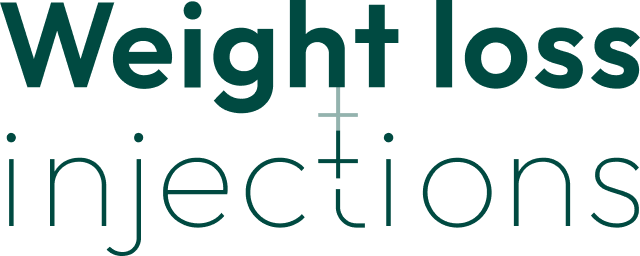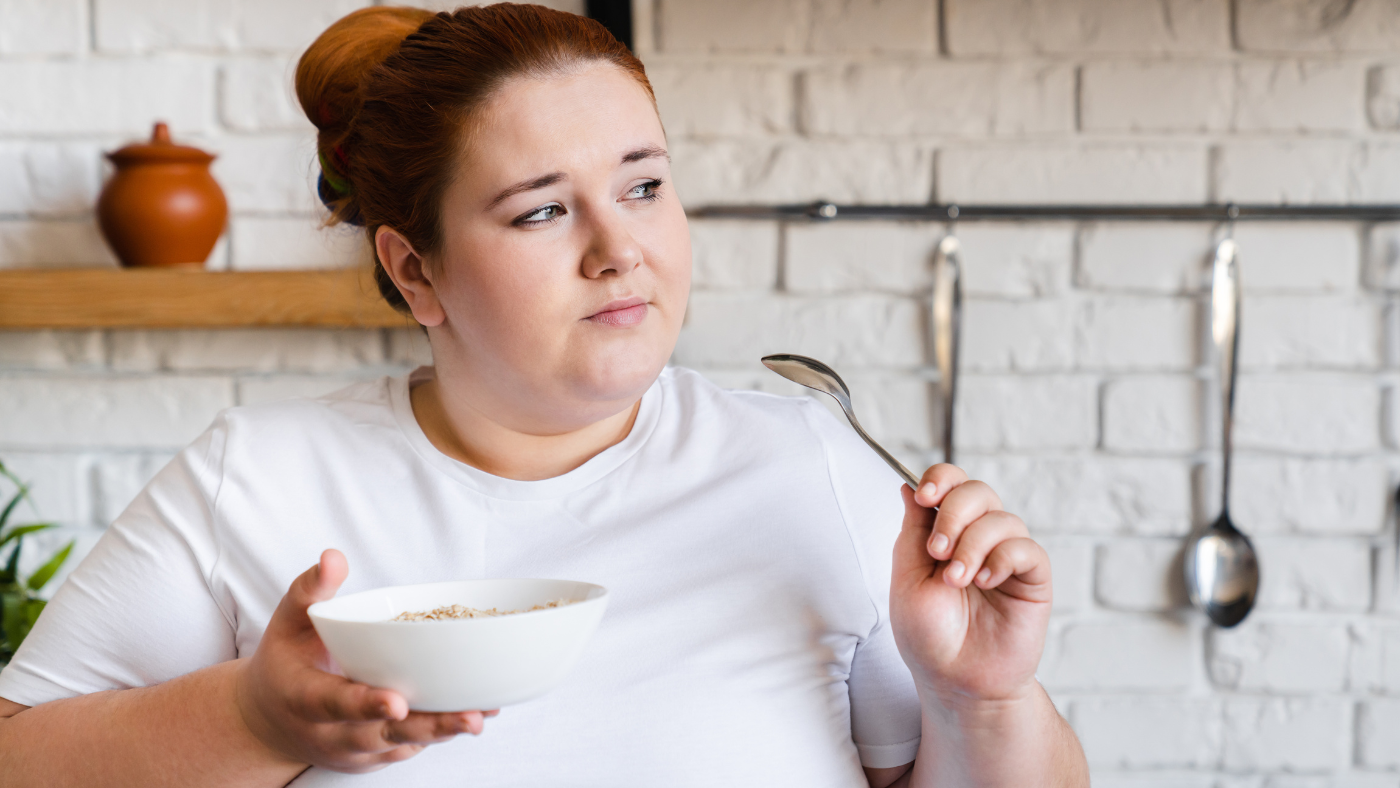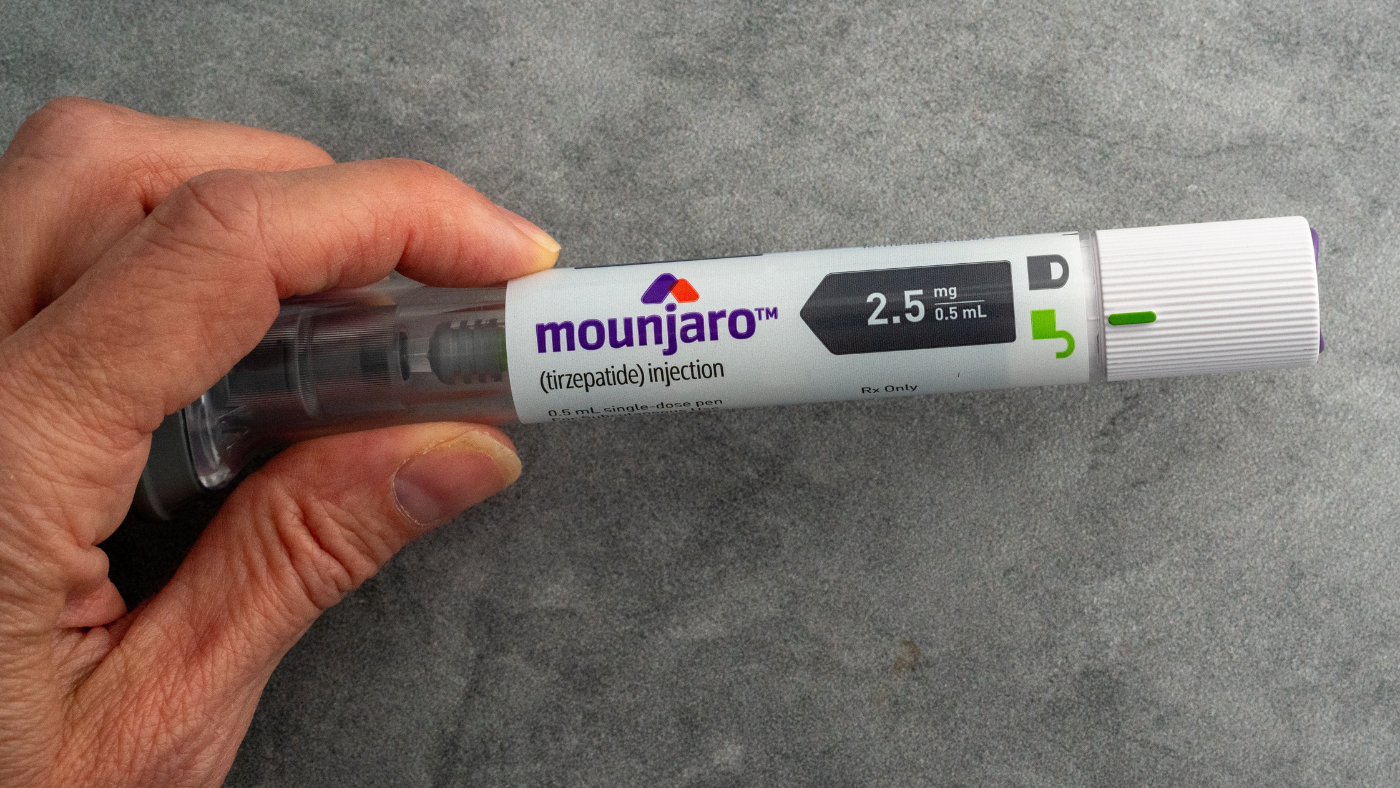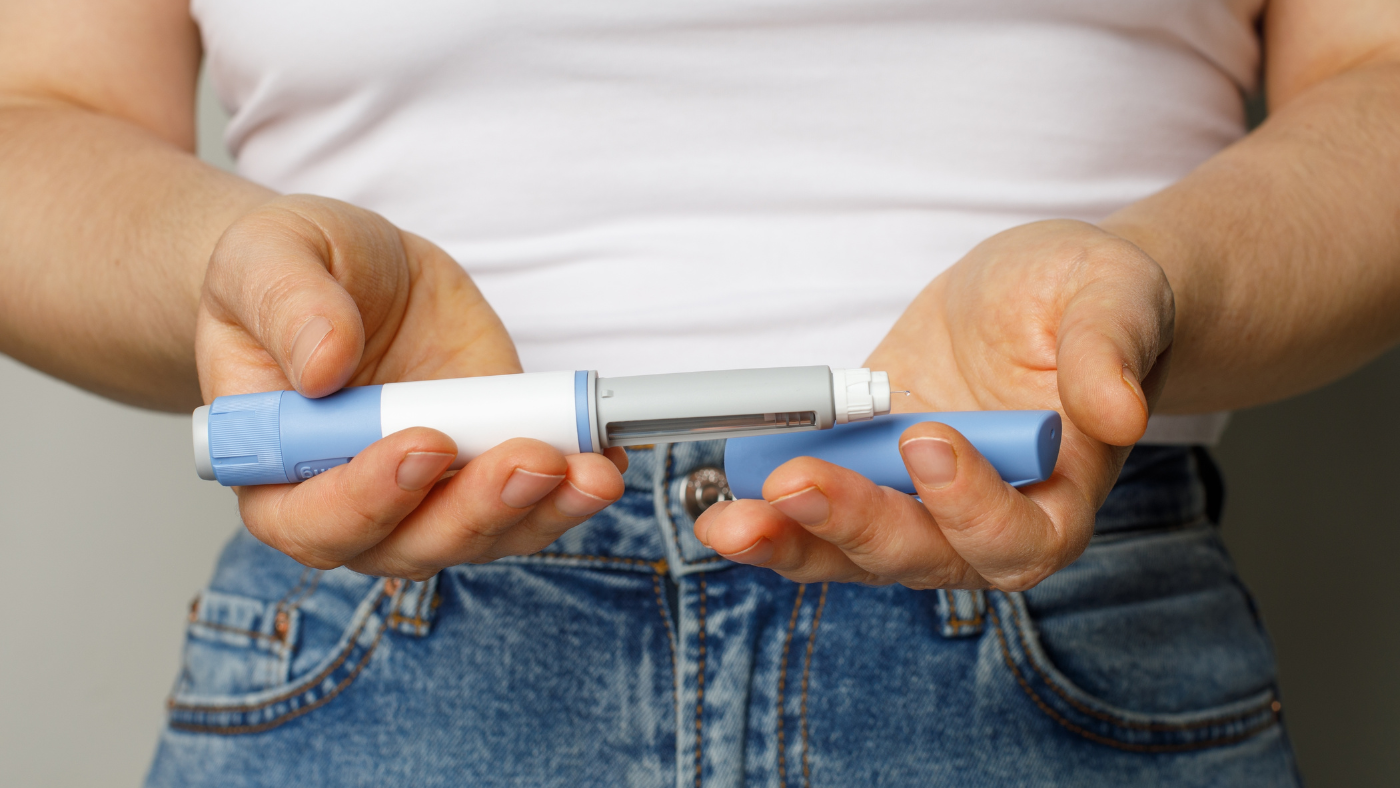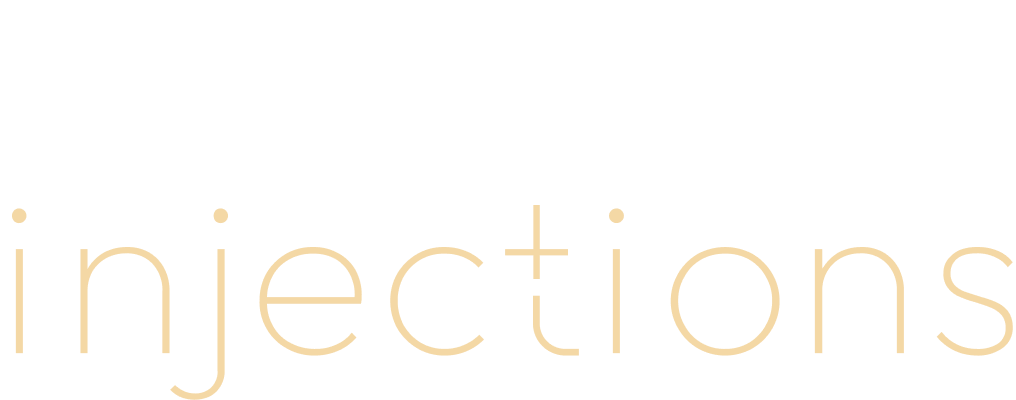Sustainable weight loss isn’t just about dropping numbers on the scale. It’s about keeping those results for life. I’ve watched countless people celebrate their initial weight loss victories. Then I see the disappointment creep in months later when the weight starts creeping back.
Here’s the truth nobody wants to hear. Losing weight is actually the easy part. Keeping it off? That’s where most people fail spectacularly.
If you’re using weight loss injections, you’re probably seeing some incredible results. The appetite suppression is real. The weight is coming off. But here’s what your doctor might not have emphasised enough. Without strength training, you’re setting yourself up for a metabolic disaster down the road.
I’m going to break down exactly why strength training isn’t optional if you want sustainable weight loss. This is especially true when you’re using weight loss injections.
Weight Loss Injection Effects on Body Composition
Weight loss injections work brilliantly for appetite suppression. But here’s the problem. Your body doesn’t discriminate between fat and muscle when you’re in a calorie deficit.
Muscle Loss During Rapid Weight Reduction
When you lose weight quickly, your body goes into survival mode. This is exactly what happens with weight loss injections. It starts breaking down whatever tissue it can to meet its energy needs. Unfortunately, muscle tissue is often the first casualty.
Research indicates that anywhere between 20% and 40% of total weight loss can come from losing muscle mass. If you lose 20 pounds, potentially 8 pounds of that could be pure muscle.
Here’s why this matters more than you think.
Muscle burns calories even at rest. Lose muscle, and your metabolism tanks.
Muscle gives you that “toned” look. Without it, you end up with loose, saggy skin.
Muscle keeps you functional. Stairs become harder. Carrying groceries becomes a struggle.
Metabolic Rate Changes During Treatment
Your metabolism isn’t some fixed number. It’s dynamic and responds to what you do with your body. When you lose weight rapidly without strength training, your metabolic rate can drop significantly.
This happens because of less body mass overall and loss of metabolically active muscle tissue. This metabolic damage can persist long after you stop taking weight loss injections. Your body becomes incredibly efficient at storing fat and burning fewer calories.
Strength Training Benefits
Strength training isn’t just about getting jacked. It’s your insurance policy against metabolic damage and weight regain.
Preserving Lean Muscle Mass
Strength training sends a clear signal to your body. “We need this muscle, don’t break it down.” When you lift weights or do resistance exercises, you create microscopic tears in your muscle fibres. Your body repairs these tears with protein. This makes the muscle stronger and larger.
The research is crystal clear. People who combine weight loss injections with strength training lose more fat and keep more muscle. This is compared to those who rely on injections alone.
Maintaining Long-Term Metabolic Health
Research shows that each pound of muscle burns approximately 6 calories per day at rest. If you build 10 pounds of muscle through strength training, you’re burning an extra 60 calories per day just by existing. Over a year, that’s equivalent to losing approximately 6 pounds of fat without changing your diet.
Preventing Weight Regain After Treatment
Here’s the uncomfortable truth about weight loss injections. Many people regain weight when they stop taking them. The landmark STEP 1 trial extension found that participants regained two-thirds of their prior weight loss within one year after stopping treatment.
When you have more muscle mass, you can eat more calories without gaining weight. This makes long-term weight maintenance infinitely easier.
Optimal Training Protocols for Injection Patients
Let me give you the practical blueprint that actually works. Just the essentials that deliver results.
Starting Safely with Medication Side Effects
If you’re new to strength training, you need to ease into it. Strength training should start with a lower intensity for someone who is on weight loss medication.
Week 1-2 – Focus on bodyweight exercises and very light weights
Sessions – 20-30 minutes, 2x per week
Listen to your body – If you’re feeling nauseous or dizzy, stop
Essential Compound Exercises
Focus on complex dynamic movements like squats and deadlifts. They teach coordination in using different body parts simultaneously.
The big four exercises that give you the most bang for your buck:
- Squats – targets your entire lower body and core
- Deadlifts – works your posterior chain and builds functional strength
- Push-ups – develops upper body pushing strength
- Rows – balances out pushing movements and improves posture
Weekly Frequency and Progression Guidelines
Evidence suggests starting with one set of 10 to 15 repetitions for eight to 10 exercises twice a week. Progress to three sets of eight to 10 repetitions three times a week.
Beginner (Weeks 1-4)
- 2 sessions per week
- 2-3 sets of 8-12 repetitions
- Focus on form over weight
Intermediate (Weeks 5-12)
- 3 sessions per week
- 3-4 sets of 6-10 repetitions
- Gradually increase weight
The key is progressive overload. Gradually increase the challenge over time.
Practical Implementation Strategies

Managing Training Around Side Effects
Nausea and fatigue are common with weight loss injections. Here’s how to work around them.
For nausea
- Train before your injection day when side effects are minimal
- Keep sessions shorter (20-30 minutes maximum)
- Stay hydrated but don’t drink large amounts during workouts
For fatigue
- Schedule workouts when your energy is naturally higher
- Reduce training intensity but maintain frequency
The goal is consistency, not perfection.
Protein Requirements for Muscle Preservation
Research shows that people on weight loss injections need about 1 to 1.2 grams per kilogram of body weight daily. For someone weighing 70kg, that’s 70-84 grams of protein daily.
Weight loss injections suppress your appetite. This makes it harder to eat enough protein. Focus on high-protein, low-volume foods like Greek yoghurt, cottage cheese, lean meats, and protein powders.
Home-Based Exercise Options
You can build significant strength with minimal equipment at home.
Bodyweight exercises that work
- Squats and variations
- Push-ups (modify against a wall if needed)
- Single-leg deadlifts
- Planks
Minimal equipment upgrades
- Resistance bands
- Adjustable dumbbells
Medical Considerations and Safety
Professional Supervision Requirements
Consult your physician before starting any new exercise programme. This is especially important if you are using weight loss medications with health conditions like heart disease, high blood pressure or diabetes.
A qualified trainer can design a programme specific to your needs and limitations. All weight loss injection prescriptions in Ireland must be reviewed by Irish doctors to ensure safety
Monitoring Progress Beyond Weight Loss
The scale might barely budge despite dramatic changes in your body composition when you’re building muscle.
Better ways to track progress
- Progress photos
- Body measurements (waist, hips, arms, thighs)
- How your clothes fit
- Strength improvements
- Energy levels
Building Habits for Lasting Results
Sustainable weight loss isn’t about finding the perfect diet or injection. It’s about building habits that you can maintain for life.
The sustainable weight loss formula
- Use weight loss injections to create an initial caloric deficit
- Add strength training to preserve muscle mass and metabolism
- Build consistent habits around both nutrition and exercise
- Gradually transition to maintenance without relying solely on injections
Start strength training today. Start small, be consistent, and focus on building the habit rather than achieving perfect workouts. Your future self will thank you for making this decision.
Remember, sustainable weight loss isn’t about perfection. It’s about progress, consistency, and building a stronger version of yourself that can maintain results for life.
Frequently Asked Questions
Q 1: How soon should I start strength training after beginning weight loss injections?
A 1: You can start immediately but begin with low intensity. Start with bodyweight exercises for the first 2-3 weeks while your body adjusts to the medication. Focus on building the habit rather than intensity.
Q 2: Can I lose weight effectively with just weight loss injections without strength training?
A 2: While injections alone can help you lose weight, you’ll likely lose significant muscle mass. This leads to a slower metabolism and makes weight regain more likely. Combining injections with strength training preserves muscle and improves long-term success.
Q 3: What should I do if I feel too nauseous to exercise after my injection?
A 3: Time your workouts for when you feel best, typically 2-3 days after your injection. If nausea persists, try shorter 15-20 minute sessions and focus on upper body exercises.
Q 4: How much protein do I need while using weight loss injections and strength training?
A 4: Aim for 1-1.2 grams of protein per kilogram of body weight daily. For a 70kg person, that’s 70-84 grams of protein. Consider protein supplements since injections suppress appetite.
Q 5: Will strength training slow down my weight loss from the injections?
A 5: Strength training might slow the number on the scale initially because you’re building muscle while losing fat. However, this leads to better body composition and more sustainable long-term results. Focus on how your clothes fit rather than just the scale weight.
